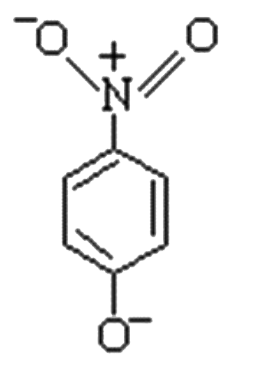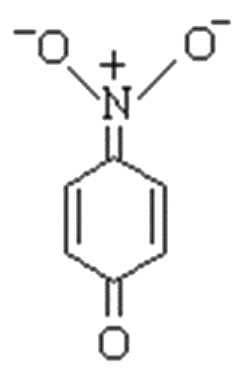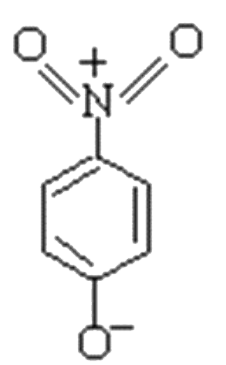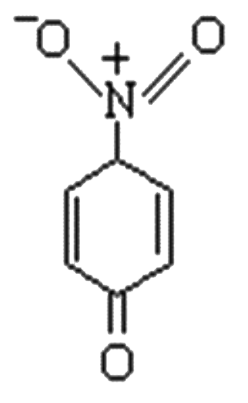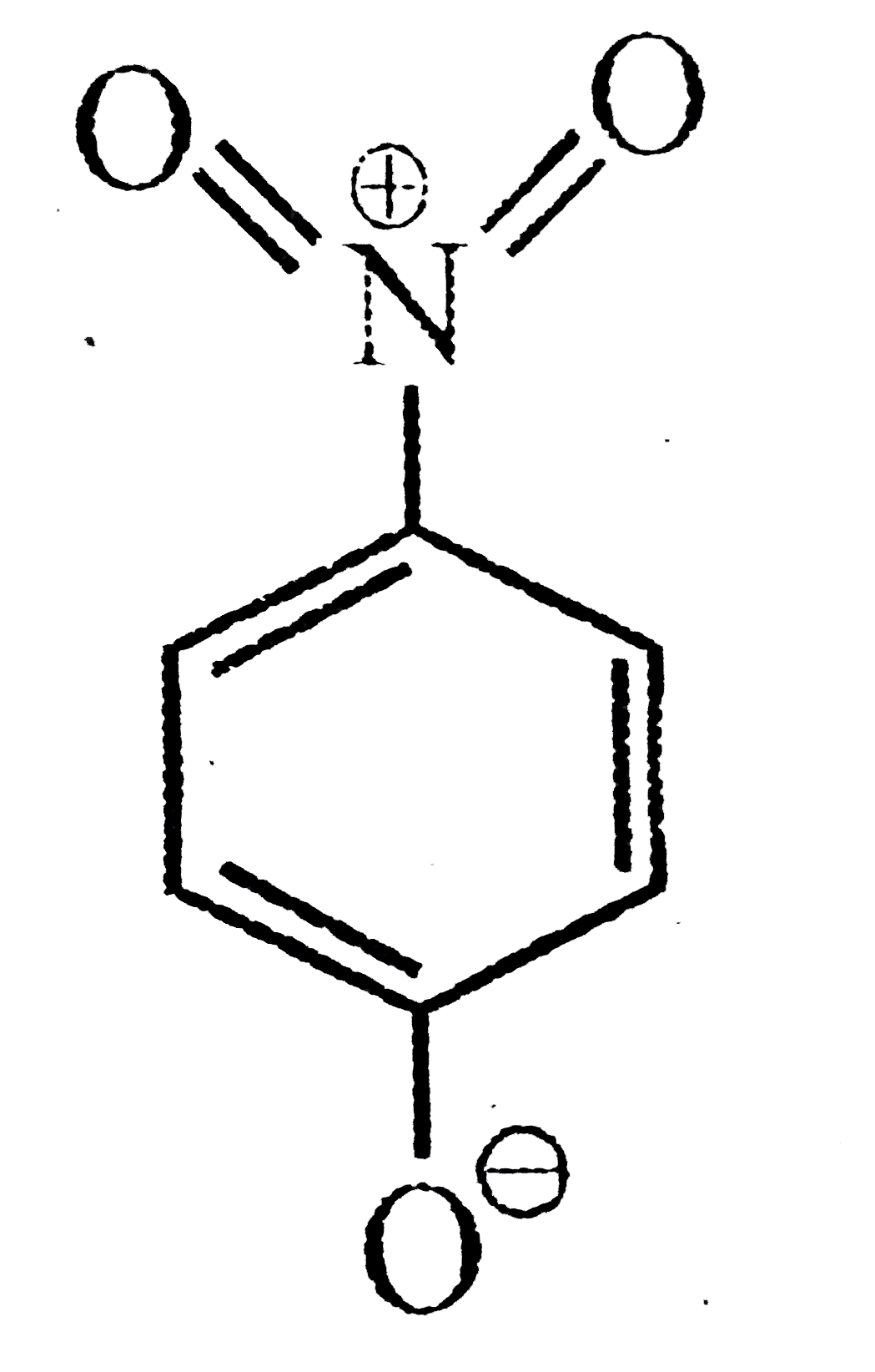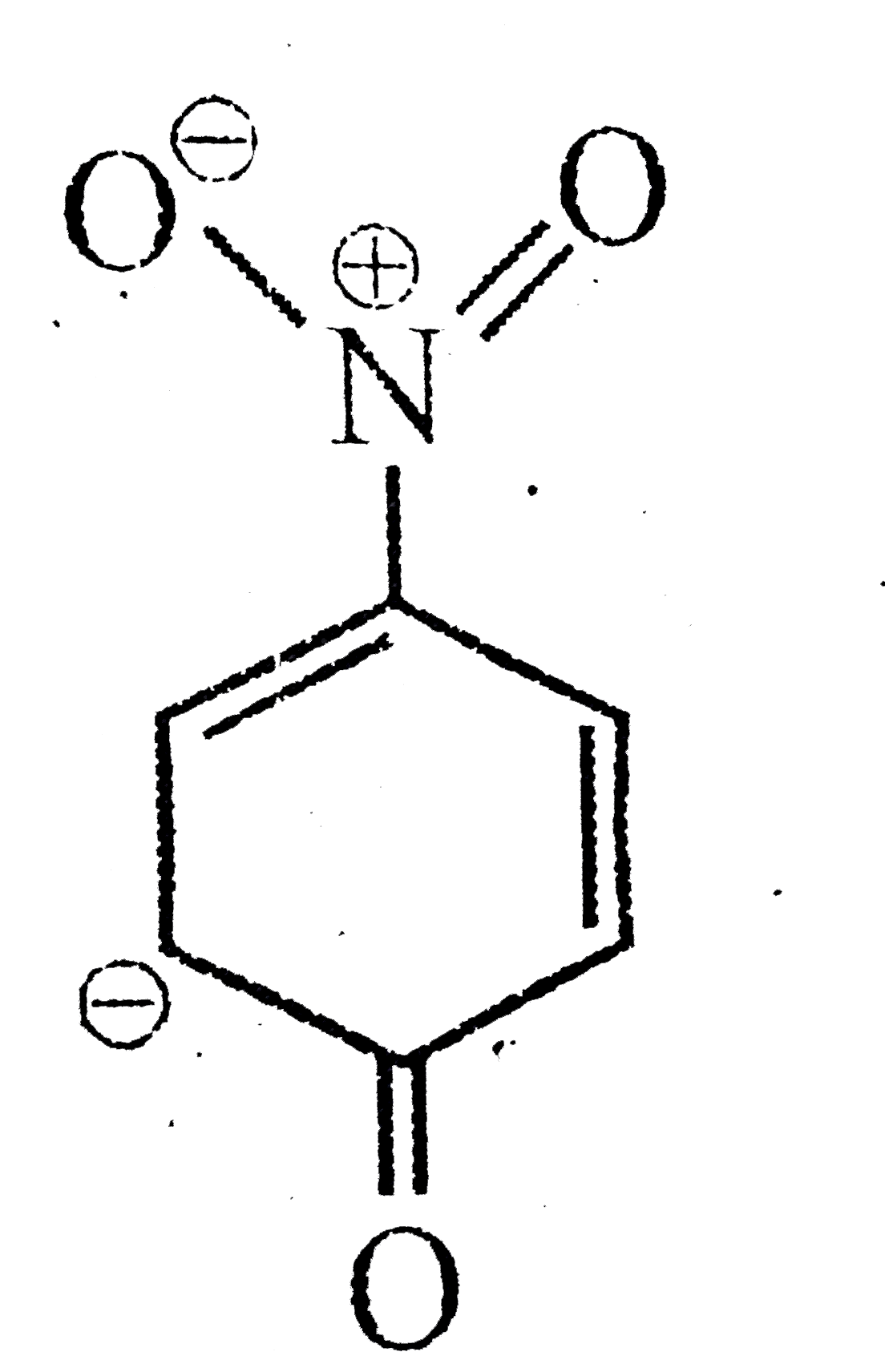Explore topic-wise InterviewSolutions in .
This section includes InterviewSolutions, each offering curated multiple-choice questions to sharpen your knowledge and support exam preparation. Choose a topic below to get started.
| 27801. |
The name chloromethyl acetylene implies: |
|
Answer» `CH_(3)-CH=CHCl` |
|
| 27802. |
The name 'Blue gas' is given to : |
|
Answer» NATURAL gas |
|
| 27803. |
The n-propyl iodide is heated with aq. KOH the product obtained is |
|
Answer» 2-propanol |
|
| 27804. |
The name aquadag is given to the colloidal solution of |
|
Answer» graphite in water |
|
| 27805. |
The n+l value for the 3-p energy level is: |
|
Answer» 4 |
|
| 27806. |
The N-H bond in NH_3 is: |
|
Answer» Covalent |
|
| 27807. |
The mutual heat of neutralization of 40gm of NaOH and 60 gm CH_(3)COOH will be |
|
Answer» 56.1 KCAL |
|
| 27808. |
The metal which does not form ammonium nitrate by reaction with dilute nitric acid is |
|
Answer» Al `3Pb+ 8NHNO_(3) to 3Pb(NO_(3))_(2) +2NO +4 H_(2)O` |
|
| 27809. |
The (n+1) value for 4f-electron is: |
|
Answer» 6 |
|
| 27810. |
the mutual heat ofneutralusation of 40 g NaOH and 60 g CH_(3) COOH will be |
|
Answer» 57.1 kJ ` 60 g CH_(3)COOH=60/60=1 mol CH_(3) COOH` SINCE , acetic acid a weak acid , some of the HEAT is utilised to ionsie it . Os enthalpy of neutralisation of 1 mole of NaOH by `1 mole CH_(3)` COOH is less than 57.1 KJ. Enthalpy of neutralisation of a strang acid by a STRONG base is always 57.1 KJ. |
|
| 27811. |
The mutual heat of neutralisation of 40 grams NaOH and 60 grams CH_3COOH will be |
|
Answer» 56.1 kJ |
|
| 27812. |
The mutarotation of glucose is characterised by |
|
Answer» a CHANGE from an ALDEHYDE to ketone structure |
|
| 27813. |
The metal which does not for a polynuclear carbonyl is |
|
Answer» Mn |
|
| 27814. |
The muon (mu) is a subatomic particle of the lepton family which has same charge and magnetic behavioue as the electron, but has a different mass and is unstable, i.e. it disintegrates into other particles within microseconds after its creation. Here you will attempt to determine the mass of the muon using two rather different approaches. (a) the most common spontaneous disintegration reaction for the muon is: mu rarr e+bar(v)_(e)+v mu where bar(v)_(e) is the electron antineutrino and v_(mu) the muon neutrino. In a given experiment using a stationary muon, bar(v)_(e)+v mu, carried away a total energy of 2.000xx10^(-12) J, while the electron was moveing with a kinetic energy of 1.4846xx10^(-11) J. Determine the mass of the muon. (b) Many experiments have studied the spectroscopy of atoms that have captured a muon in place of an electron. These exotic atoms are formed in a variety of excited states. The transition from the third excited state to the first excited state of an atom consisiting of a ^(1)H nucleus and a muon attached it was observed at a wavelength of 2.615 nm. Determine the mass of the muon. |
|
Answer» `E_(mu)=m muc^(2)E_(E)+E_(V .V)` `m_(mu)c^(2)=m_(e)c^(2)+(T_(e)+E_(v. v))` `m_(mu)=(Me+(T_(e)+e_(V.V)))/(C^(2))=(9.109xx10^(-31)+(1.4846xx10^(-11)+2.000xx10^(-12)))/((2.998xx10^(8))^(2))` `=1.883xx10^(-23) kg` {:b) From Bohr theory: `E_(n)=(me^(4))/(2n^(2)h^(2))=-109700 cm^(-)xx1/n^(2)xx(m/m_(e))` `m=(m_(mu)m_(H))/(m_(mu)+m_(H))` `lambda=(1)/(E_(4)-E_(2))=(1)/(109700(m/m_(e))(1/4-1/16))=2.615xx10^(-7) cm` `m/m_(e)=185.9` `m=185.9xx9.109xx10^(-31)=1.693xx10^(-28) kg` The mass of a proton from Tables ATTACHED `m_(H)=1.673xx10^(-27) kg` `m_(mu)=(mm_(H))/(m_(H)-m)=(1.693xx10^(-28)xx1.673xx10^(-27))/(1.673xx10^(-27)-1.693xx10^(-28))=1.884xx10^(-28) kg` |
|
| 27815. |
The M.P. is highest for primary amides, why ? |
| Answer» SOLUTION :DUE to the PRESENCE of HYDROGEN BOND. | |
| 27816. |
The metal which can not displace hydrogen from dil. H_(2)SO_(4) solution is |
|
Answer» Zn |
|
| 27817. |
The multiple 10^12has the prefix : |
|
Answer» peta |
|
| 27818. |
The m.pt. and b.pt. is lowest for |
|
Answer» He |
|
| 27819. |
Themetalwhichcanbeusedtoobtainmetallic Cu fromaqueousCuSO _4solution is |
|
Answer» Solution :AlthroughbothNaand FEARE moreelectropositivethatCubutNareactswith` H_2 O`and henceFeis usedtoextractCu from ` CU SO_4` ` Cu SO_4 (aq)+ Cu (s)` |
|
| 27820. |
The movement of dispersion medium under the influence of electric potential is called ............. |
|
Answer» ELECTROPHORESIS |
|
| 27821. |
The movement of the molecules of the dispersion medium under the influence of an electric field and not allowing the colloidal particles to move is called……….. |
| Answer» SOLUTION :electro-osmosis | |
| 27822. |
The movement of colloidal particles under the influence of applied electric field is called: |
|
Answer» DIALYSIS |
|
| 27823. |
The most widely used antipyretic is |
|
Answer» SALICYLIC acid |
|
| 27824. |
The movement of colloidal particles under the influence of an electric field is called………… |
| Answer» SOLUTION :ELECTROPHORESIS | |
| 27825. |
The motion of particles in Brownian movement ......... |
|
Answer» LINEAR |
|
| 27826. |
The metal which can be used to obtain metallic copper from aqueous CuSO_(4) is : |
|
Answer» Na `Fe(s)+CuSO_(4)(aq) to FeSO_(4)(aq)+Cu(s)` |
|
| 27827. |
The most volatile of the following compounds is : |
|
Answer» n-Pentane |
|
| 27828. |
The most volatile compound is : |
|
Answer»

|
|
| 27829. |
The most volatile compound is |
|
Answer» 2,2-dimethyl propane |
|
| 27830. |
The most useful classification of drugs for medicinal chemists is |
|
Answer» on the BASIS of CHEMICAL structure. |
|
| 27831. |
The metal which can be used to obtain metallic Cu from aqueous CuSO_(4) solution is |
|
Answer» Na `Fe+CuSO_(4)rarr FeSO_(4)+Cu` |
|
| 27832. |
The most useful classification of drugs for medicinal chemists is ______ |
|
Answer» on the basis of chemical structure |
|
| 27833. |
The most useful classification of drugs for medicinal chemists is:on the basis of chemical structure,on the basis of drug action,on the basis of molecular targets,on the basis of pharmacological effect. |
|
Answer» on the BASIS of chemical structure |
|
| 27834. |
The most useful classification of drugs for medicinal chemists is ___ _ |
|
Answer» on the BASIS of chemical STURCTURE |
|
| 27835. |
The most useful classification of drugfor medicinal chemistsis "……" |
|
Answer» on the basis of chemical structure (a) On the basis of chemical structureDrugs have beenclassified on the basis of their chemical structurebecause drugs having common structural features often have similar pharmacological activity e.g., all SULPHONAMIDES having the common structural feature as given below are mostly antibacterial .  (b) On the basis of drug action This classification is based on the action of a drug ona particular biochemical process. (c ) On the basis of molecular target Drugs usually interact with the biomolecules or biological macromoleules such as proteins, nucleic acid and lipids. These are called drug targets. Drugs possessing some common strucutral features may have the same MECHANISM of action on a specific drug target. this classification is most useful for the medicinal chemists. (d) On the basis of pharmacological effect. This classification is based upon the pharmacological effects of the drugs. It is more useful for the doctors because it provides them the whole range of drugs available for the treatment of a particular DISEASE e.g., analgesics reduce or kill pain while antiseptic either killor ARREST the growth of microorganisms. |
|
| 27836. |
The metal used to recover copper from a solution of copper sulphate is...... |
|
Answer» Na |
|
| 27837. |
The most unsymmetrical and symmetrical systems are respectively. |
|
Answer» TETRAGONAL, cubic |
|
| 27838. |
The most unsymmetrical crystal system is : |
|
Answer» cubic |
|
| 27839. |
The most unstable compound is |
|
Answer» 2-oxobutanoic ACID |
|
| 27840. |
The most unlikely representation of resonance structuresof nitrophenoxide ion is |
|
Answer»
|
|
| 27841. |
The most unlikely representation of resonance structure of p-nitrophenoxide ion is: |
|
Answer»
|
|
| 27842. |
Themostunlikely representation ofresonancestructuresof p- nitrophenoxideion is |
|
Answer»
|
|
| 27843. |
The most unlikely representation of resonance structure of p-nitrophenoxide ion is :- |
|
Answer»
|
|
| 27844. |
The most unlikely repersentation of resonance structures of p-nitro phenoxide ion is ________ |
|
Answer»
|
|
| 27845. |
The metal which can be obtained from anode mud is |
|
Answer» Cu |
|
| 27846. |
The most thermally unstable carbonate among thefollowing is |
|
Answer» `CaCO_3` |
|
| 27847. |
The most suitable reagont for the following onversion is "Benzamide "overset("Reagent")to Benzylamine |
| Answer» Answer :1 | |
| 27848. |
The metal used to recover copper from a solution of copper sulphate is |
|
Answer» Na |
|
| 27849. |
The most suitable reagent to convert primary alcohol to aldehyde |
|
Answer» ACIDIFIED `K_2Cr_2O_7` |
|
| 27850. |
The metal used in storage batteries is : |
|
Answer» Cu |
|








